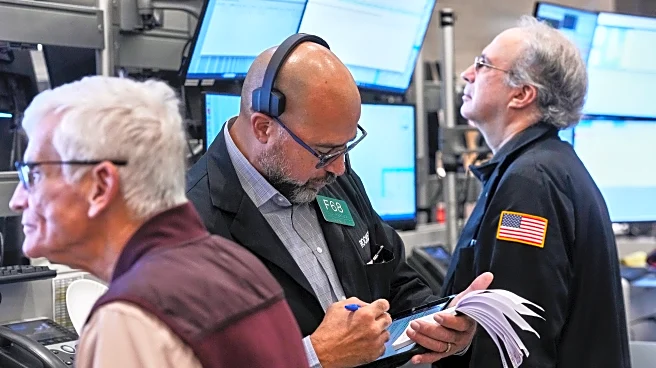What's Happening?
Consumer Reports has released guidance for holiday shoppers, emphasizing the benefits of purchasing gifts early to secure lower prices and better selection. The report highlights that consumers are expected
to reduce their holiday spending by 11% compared to last year, partly due to higher prices and shifting tariffs. Early shopping can help avoid price increases as the holidays approach, driven by tariffs, shipping costs, and potential product shortages. However, buying early may limit return and warranty windows, though retailers like Walmart and JCPenney offer extended return periods into late January. The report also advises consumers to stack deals using coupons, cash-back apps, and credit card rewards, and to be cautious of sales that may not offer genuine discounts.
Why It's Important?
The advice from Consumer Reports is significant as it addresses the economic pressures consumers face during the holiday season, including inflation and tariff impacts. By shopping early, consumers can potentially save money and avoid the stress of last-minute price hikes. This strategy is particularly relevant as the U.S. economy experiences fluctuations, affecting consumer confidence and spending habits. Retailers may benefit from early sales, but they also face challenges in managing inventory and pricing strategies. The broader impact includes potential shifts in consumer behavior towards more strategic and planned purchasing, which could influence retail trends and economic forecasts.
What's Next?
As the holiday season progresses, consumers and retailers will need to navigate the complexities of pricing, inventory, and economic conditions. Retailers may adjust their strategies to accommodate early shoppers, potentially offering more promotions and extended return policies. Consumers will likely continue to seek ways to maximize savings, possibly leading to increased use of loyalty programs and deal-stacking techniques. The economic landscape, including tariff changes and inflation rates, will play a crucial role in shaping holiday shopping dynamics and overall consumer spending patterns.













